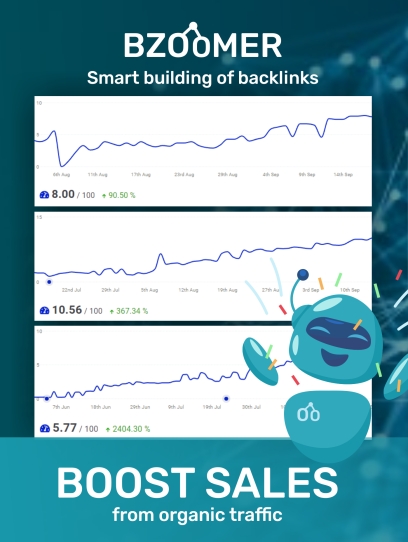In today’s fast-paced business environment, the need for efficient project management has never been more acute. As projects become increasingly complex, traditional methods of project management can fall short, leading teams to seek more dynamic and intuitive solutions. Enter visual project management tools—a game-changer in the realm of project delivery.
Visual project management tools are designed to transform the traditional, often cumbersome, task lists and text-heavy documents into more engaging, easily digestible visual formats. By leveraging diagrams, timelines, and real-time data dashboards, these tools offer a bird's-eye view of project statuses, fostering better understanding and communication among team members.
One of the core advantages of visual project management is its ability to make complex information accessible to everyone on the team, regardless of their project management expertise. This democratization of information not only speeds up decision-making but also enhances alignment and collaboration. Whether it’s through Gantt charts that outline project timelines, Kanban boards that track task progress, or mind maps that organize brainstorming sessions, visual tools help clarify the connections between tasks and their impacts on the overall project timeline.
Moreover, visual project management tools are not just about displaying static information; they are dynamic platforms that integrate with various data sources to provide real-time updates. This is crucial in a world where remote work has become commonplace, and team members may be spread across different geographies. With these tools, every member of the team, no matter where they are, can see updates as they happen, ensuring that everyone is on the same page.
Furthermore, these tools can significantly enhance project delivery by identifying potential bottlenecks before they cause problems. Visual indicators such as color-coded statuses, alerts, and notifications can help managers and teams anticipate issues and adjust plans proactively rather than reactively.
In conclusion, as projects continue to grow in complexity and teams become more geographically dispersed, visual project management tools stand out as vital instruments for enhancing project delivery. They not only simplify the management process but also amplify teamwork and efficiency, making them indispensable in the modern project management toolkit. By embracing these tools, organizations can navigate the complexities of project delivery with greater ease and success.


